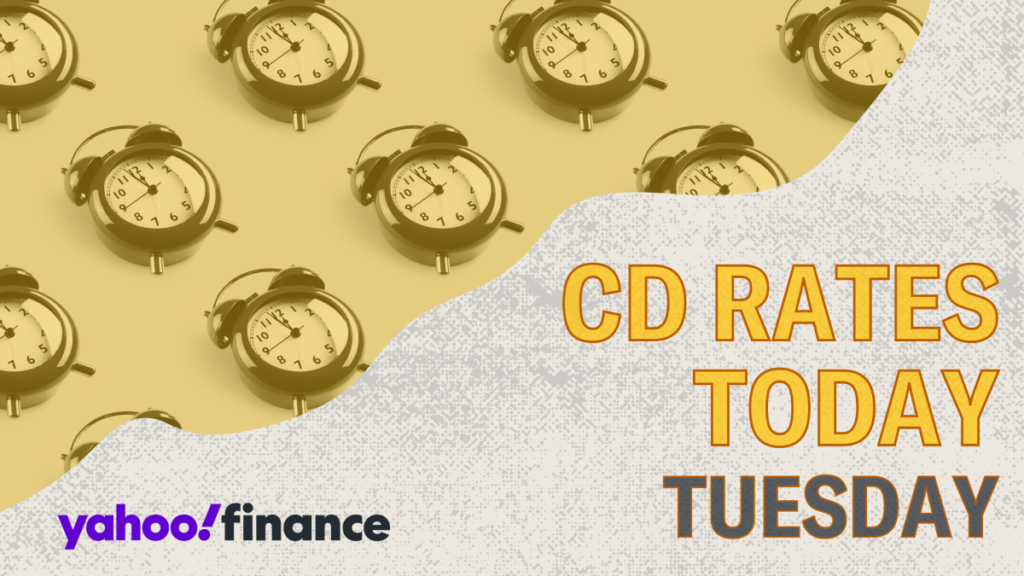In response to the recent decision by the Federal Reserve to lower the federal funds rate, deposit account rates have started to decline. However, this presents an opportunity for savers to secure competitive returns by investing in certificates of deposit (CDs), which currently offer appealing rates that exceed 4% for many options. As of October 2024, individuals can find attractive rates on short-term (6 to 12 months) and medium-term (1 to 3 years) CDs, typically ranging between 4.00% to 4.50% APY. While longer-term CDs of three years and beyond offer rates closer to 4% or less, there are standout offers available from institutions like NexBank, which provides the highest rate for a 1-year CD, although it requires a significant minimum deposit of $25,000. Other competitive options, such as the 1-year CD from BMO Alto, allow for a 4.30% APY without a minimum deposit hurdle, demonstrating the diverse choices available to potential investors today.
Reflecting on the historical context, the financial landscape for CDs has fluctuated greatly since the early 2000s, a period characterized by notable economic events including the dot-com bubble and the financial crisis of 2008. Initially, CD rates were relatively higher; however, they began to decline as the Federal Reserve implemented interest rate cuts to spur economic growth during the subsequent slowdown. By 2009, post-crisis rates for one-year CDs averaged around 1% APY, plummeting to less than 2% for five-year CDs. This downward trend persisted throughout the 2010s, leading to unprecedented low rates, as the Fed maintained a near-zero benchmark interest rate to stimulate recovery. By 2013, prevalent CD rates had fallen to about 0.1% APY for 6-month CDs and a mere 0.8% for 5-year lengths.
However, changes began to materialize as the Federal Reserve cautiously increased rates between 2015 and 2018, yielding a modest improvement in CD rates parallel to broader economic expansion. Unfortunately, the emergence of the COVID-19 pandemic in early 2020 necessitated immediate emergency rate cuts, pushing CD rates to record lows once more. Following the pandemic’s turmoil, inflation surged, compelling the Fed to elevate rates significantly during a span from March 2022 until July 2023, leading to improved rates on savings products including CDs. Thus, as September 2024 arrived, the Fed determined that inflation was under control and proceeded to reduce the federal funds rate, initiating a subsequent decline in CD rates from their historic highs, yet still maintaining elevated levels compared to past decades.
One notable dynamic in the current CD market is that longer terms, traditionally associated with higher interest rates, are not performing as expected. The highest average CD rate is currently found in 12-month offerings, suggesting a unique flattening or even inversion of the yield curve—a phenomenon often observed during periods of economic uncertainty or when investors anticipate future declines in interest rates. Such conditions require savers to carefully evaluate their investment options. When considering opening a CD, potential account holders should not only focus on the annual percentage yield (APY) but must weigh other critical factors that influence the viability and profitability of their investment.
Understanding personal financial goals is paramount; individuals should assess how readily their funds might be needed, as CDs come with fixed terms that can incur penalties for early withdrawal. The spectrum of CD terms ranges from a few months to several years, making it vital for prospective investors to align the term duration with their intended access to funds. Moreover, prospective account holders must explore various financial institutions; rates can differ markedly across banks, including traditional, online, or credit union options. Online banks frequently provide superior interest rates due to lower operating costs, but it remains essential for consumers to verify that these establishments are FDIC-insured.
Lastly, understanding the account terms of a CD is crucial, encompassing not just the interest rate but also the respective maturity date, withdrawal penalties, and whether minimum deposit requirements align with one’s financial capacity. Moreover, while CDs can represent a safe and fixed return vehicle, it is important to keep in mind the implications of inflation, particularly for longer-term investments. Inflation risk could diminish the real return on investment in CDs, reinforcing the necessity for investors to consider their timing, amount, and investment strategy concerning current economic signals and personal financial objectives. Thus, as savers navigate the evolving landscape of CD offerings, thorough consideration of these multifaceted elements is indispensable in optimizing their financial returns.

